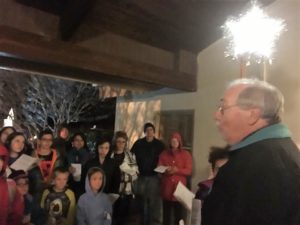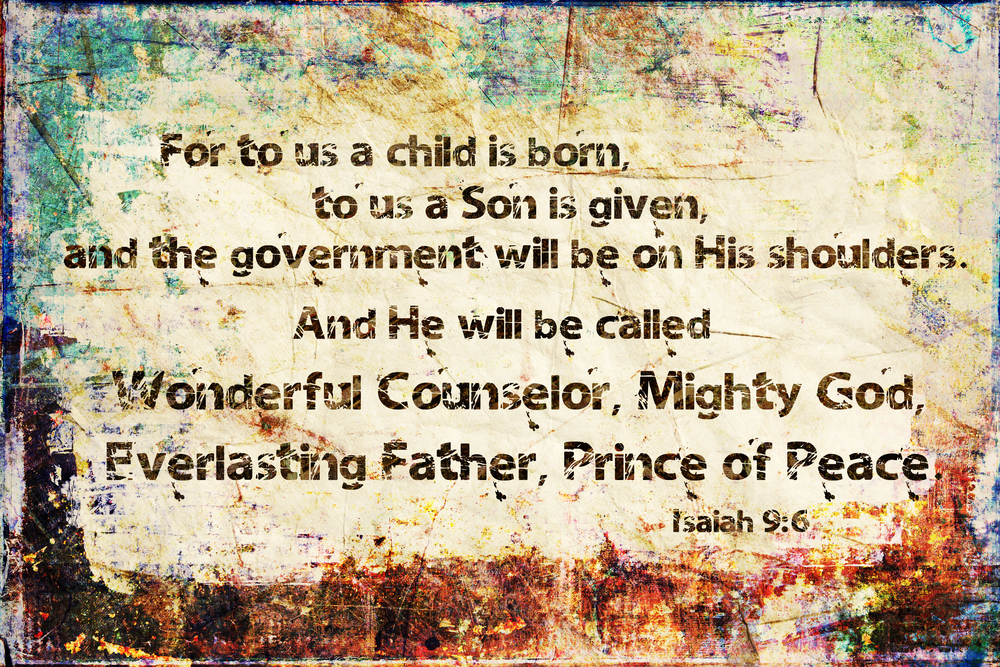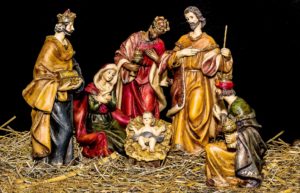
A young man receives communion by common cup at Churchwide Assembly.
As Lutherans we believe that Jesus Christ is truly present in the meal we call Holy Communion. This holy mystery calls for reverence, care and pastoral wisdom in the practices surrounding its distribution. As set forth in the Evangelical Lutheran Church in America’s set of priorities for the practices of word and sacrament, The Use of the Means of Grace,
Practices of distributing and receiving Holy Communion reflect the unity of the Body of Christ and the dignity and new life of the baptized (Principle 45).
How is wine distributed?
The question of wine distribution is less straightforward and more controversial than the same question for bread. We will highlight the three most prevalent practices: common cup, individual glasses and intinction.
(In this post, which is excerpted from the ELCA Worship FAQs, we will only look at the various ways wine is distributed during communion. For a discussion of bread as well, please refer to the complete FAQ, “How do we distribute Holy Communion?”)
Common cup
The oldest practice associated with partaking the wine is to drink from one cup. Like eating the bread from one loaf, the one cup symbolizes our unity in Christ.
Authors of The Sunday Assembly, a companion volume to Evangelical Lutheran Worship, note that this practice began to abate in the beginning of the twentieth century, most likely a result of concerns about hygiene.
However, evidence seems to show that when used properly, this method is actually the most sanitary method of distributing the wine, especially if wine glasses are pre- filled or intinction is practiced (see below). The latter practices involve much more use of the hands, which are “the most frequent source of passing pathogens, not our mouths” (The Sunday Assembly, p. 193).
How is wine distributed from a common drinking chalice?
From The Sunday Assembly: “The minister of the chalice will usually hold the middle or node of the chalice stem by one hand, presenting the cup near the person’s mouth and allowing the communicant to tip the chalice to his or her lips while holding on to the base. The communion minister uses the purificator, held in the other hand, to wipe the outside and inside of the lip of the chalice while, at the same time, rotating the cup to present it to the next communicant” (216).
Individual glasses
If congregations use individual glasses, it is advised to pour during distribution rather than pre-filling them. As stated in The Sunday Assembly: “This practice will maintain the symbol of the cup, make the altar less crowded, make caring for what is left over much easier and more reverent, and actually result in a healthier practice than is possible with pre-filled glasses” (193).
How is wine distributed from a pouring chalice?
From The Sunday Assembly: “In assemblies using small glasses, the minister with the cup must pour carefully into the small glass, afterward touching the spout of the chalice with the purificator to catch any stray drops.” (216)
Intinction
Intinction refers to the process of receiving the bread or host and dipping it into the wine. This method is typically commended for its convenience. While this process seems less complicated one most consider its limitations.
When we eat and drink a meal in everyday life, we eat and then drink. We rarely dip our bread in our wine. It is easier to understand communion as a meal when we are eating and drinking.
This method is likely to be more unsanitary because many hands can touch the cup. There is also the issue of pieces of bread floating in the wine, a problem if this chalice is also used as the drinking chalice. It may be preferable to use hosts/wafers for intinction or to have a separate chalice for intinction.
Again, Lutherans do not dictate a manner of eating or drinking, but it is important to carefully consider how and why we do what we do. (See The Sunday Assembly, 192- 194).


 The day of Epiphany has become a special celebration within my congregation, Trinity Lutheran Church in Lilburn, Georgia. In an area where most of the Christmas decorations are put away before the New Year and the world has grown a little darker without Christmas lights, we gather under a lit star to carry that light out into the world. Several years ago we were able to find a battery operated star that we place on a long pole, then one of our youth is chosen to bear that light into the world. We gather around the baptismal font with the star and pray that God might bless our homes and that we might be the light shining in our world. We hear again the passage from Matthew of the Magi’s journey to find the Christ child and then sing as we process to the front door of the church. This door is marked with chalk, “20+CBM+17,” the year with the initials of “Christus Mansionem Benedicat” – May Christ Bless the House.
The day of Epiphany has become a special celebration within my congregation, Trinity Lutheran Church in Lilburn, Georgia. In an area where most of the Christmas decorations are put away before the New Year and the world has grown a little darker without Christmas lights, we gather under a lit star to carry that light out into the world. Several years ago we were able to find a battery operated star that we place on a long pole, then one of our youth is chosen to bear that light into the world. We gather around the baptismal font with the star and pray that God might bless our homes and that we might be the light shining in our world. We hear again the passage from Matthew of the Magi’s journey to find the Christ child and then sing as we process to the front door of the church. This door is marked with chalk, “20+CBM+17,” the year with the initials of “Christus Mansionem Benedicat” – May Christ Bless the House. of Epiphany: graham crackers, marshmallows and chocolate. The night ends with the greens burned, the reading of John 1:1-4, 14, 16 and the making of s’mores. In bleak, cold winter’s night light shines in the darkness and laughter fills the sky. As pastor I get to enjoy my own tradition of seeing which of our youth can roast the perfect marshmallow, with me as the judge and official Epiphany taste tester. For those unable to attend we also provide a home devotion so their homes can be blessed and marked for the New Year.
of Epiphany: graham crackers, marshmallows and chocolate. The night ends with the greens burned, the reading of John 1:1-4, 14, 16 and the making of s’mores. In bleak, cold winter’s night light shines in the darkness and laughter fills the sky. As pastor I get to enjoy my own tradition of seeing which of our youth can roast the perfect marshmallow, with me as the judge and official Epiphany taste tester. For those unable to attend we also provide a home devotion so their homes can be blessed and marked for the New Year.




